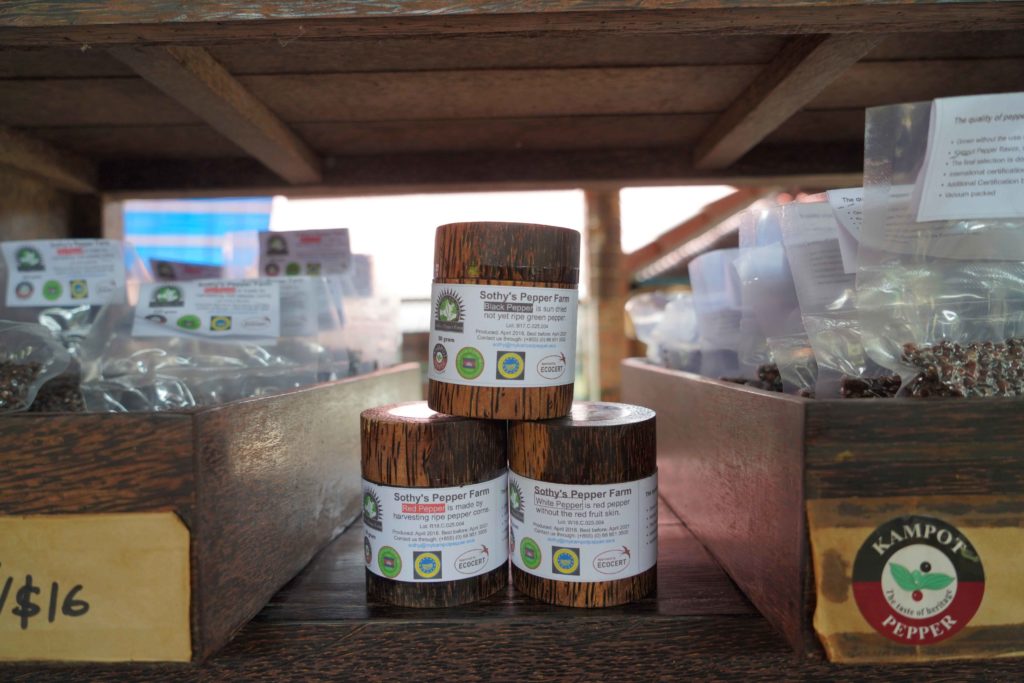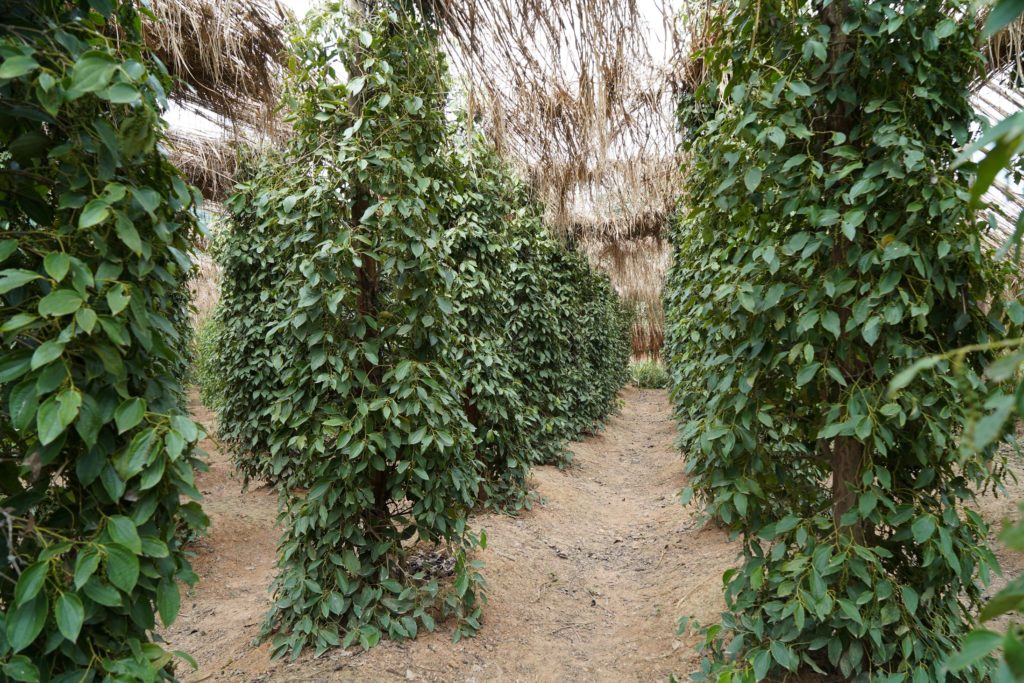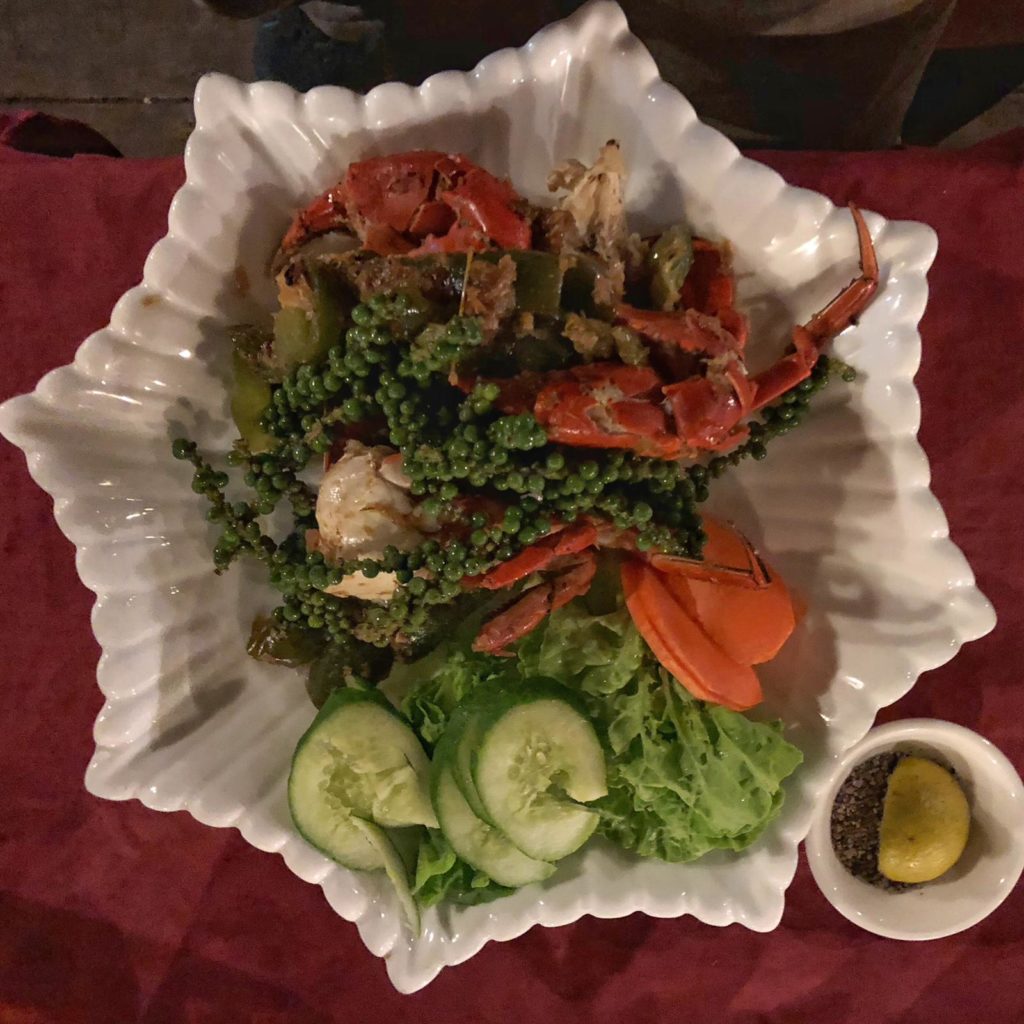More than a pepper farm
Sothy's Pepper Farm
#cambodia #pepper
Sothy Sorn couldn’t continue any longer. The constant pressure from her studies, her work as a teacher and translator and Phnom Penh’s polluted air were too much for the Cambodian. She stepped back from all social and work life and with her last energy completed her studies. In order to recover Sothy and her husband left the capital in 2012 without any concrete plans. Their path led them to the southern province of Kep. ‘We fell upon a small pepper plantation which was up for sale,’ recalls the Cambodian. It was situated at the foot of a low lush green hill where various fruit trees were growing. The clean air and quietness of the area seemed the ideal place for Sothy and her husband to re-tank their energy and take life at a slower pace.

At that point in time the business comprised of about 300 pepper bushes which four employees looked after. In actual fact, the couple had planned to let the employees go and reduce agricultural production to a level which would meet just their own private needs. However, Cambodia is a country in which you have to be grateful if you have a fixed income and the letting go of workers would lead to an almost certain road of poverty for them and their families. So the Sorns decided to keep the farm running as it was including the workers. The only problem was with fruit trees and a small amount of pepper bushes not enough money could be made. This drove them to decide on extending the pepper plantation and to market the spice.
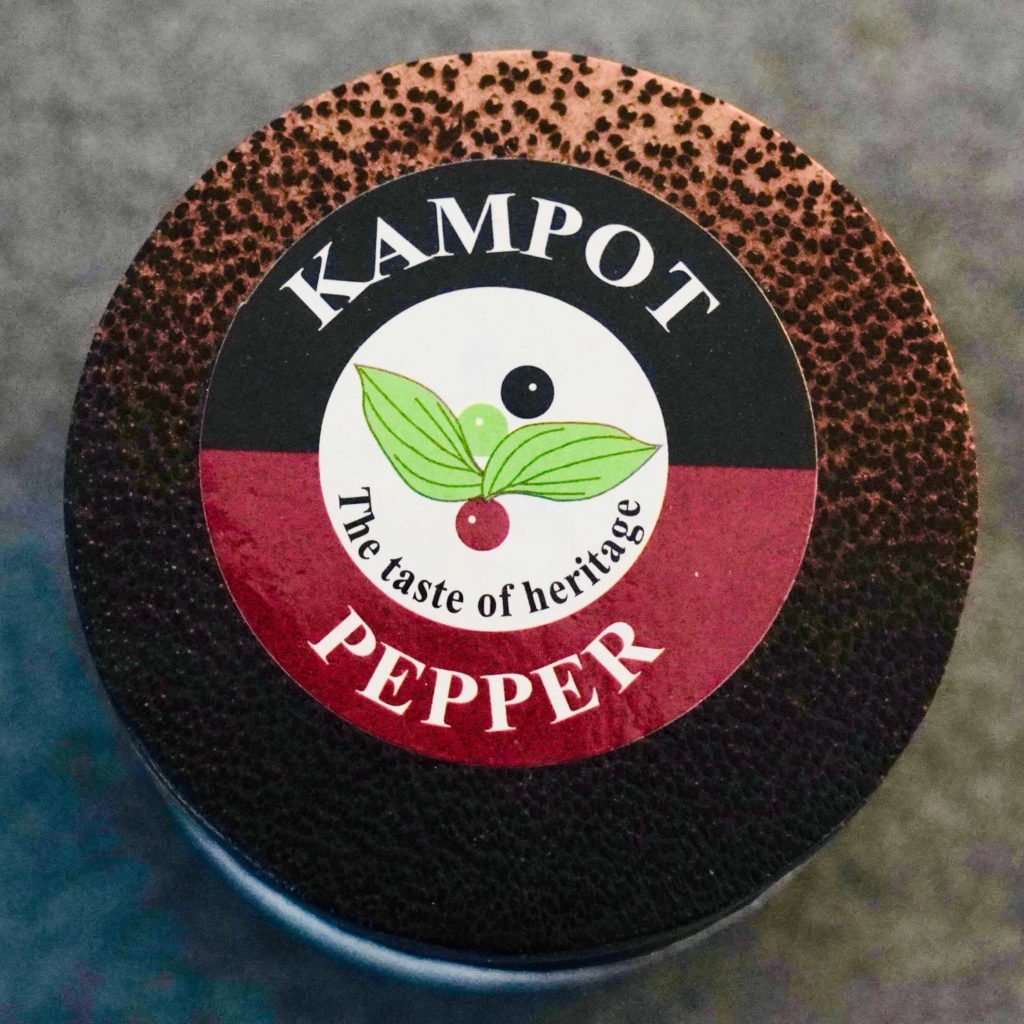
Worldwide recognition due to top quality
But Sothy had no idea about pepper growing. She grew up in a family who lived from rice production. ‘The farm employees taught me the most important things. As well as this I studied a lot of literature on the subject,’ says the Cambodian. A further great help was the knowledge of the locals. After all Kep is on the boarder to Kampot where since the thirteenth century pepper has been planted. During the French colonial times between 1884 until the mid-twentieth century pepper was planted and the spice exported. Thanks to its excellent quality and unmistakable taste it is highly regarded worldwide. During the terror regime of the Khmer Rouge in the second half of the 1970s production of pepper nearly completely vanished.
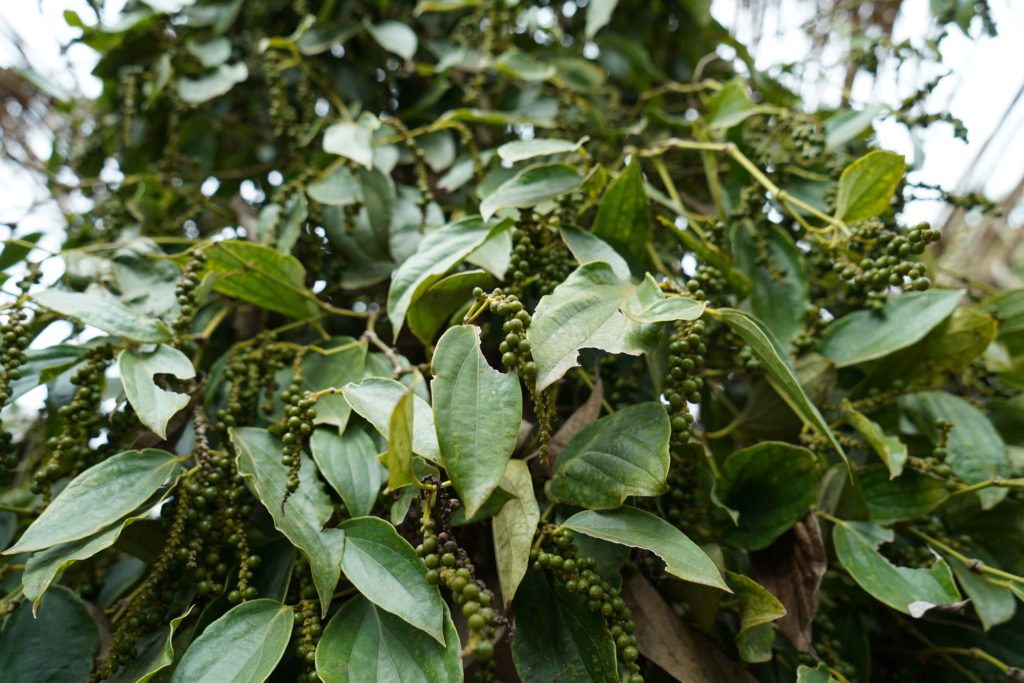
Only a slow recovery was made from this low production level. However in the last few years great success has been achieved. ‘Most of the plantations in this region have joined the Kampot Pepper Promotion Association,’ reports Sothy. The organisation ensures among other things that businesses produce purely organically and only the best standard of pepper comes on the market. These efforts pay off. As the first Cambodian product, pepper was given the EU status of Protected Designation of Origin.
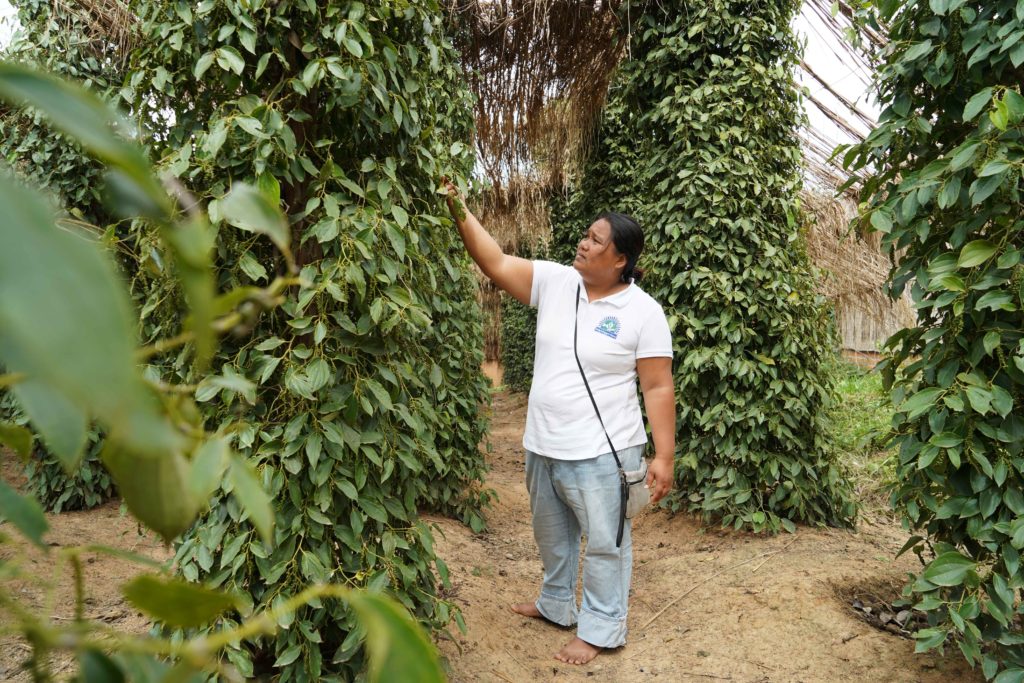
No chemicals, lots of manual labour
Growing pepper is extremely labour intensive. ‘At least once a week you have to hand weed all around the bushes,’ notes Sothy. That’s a lot of work in a plantation of currently more than 1000 plants. Furthermore, you have to check each branch regularly for parasites which can destroy the blossoms and fruit leading very quickly to crop failure. The principle of organic farming means no chemicals are used to fight parasites on Sothy’s farm. ‘We formulate a solution containing among other things garlic, lemon grass, tobacco and neem,’ through this parasites are not killed but deterred.In this region harvesting takes place just once a year during March and May. During which each fruit is checked for quality. Only the best corns are processed further and everything is done by hand.
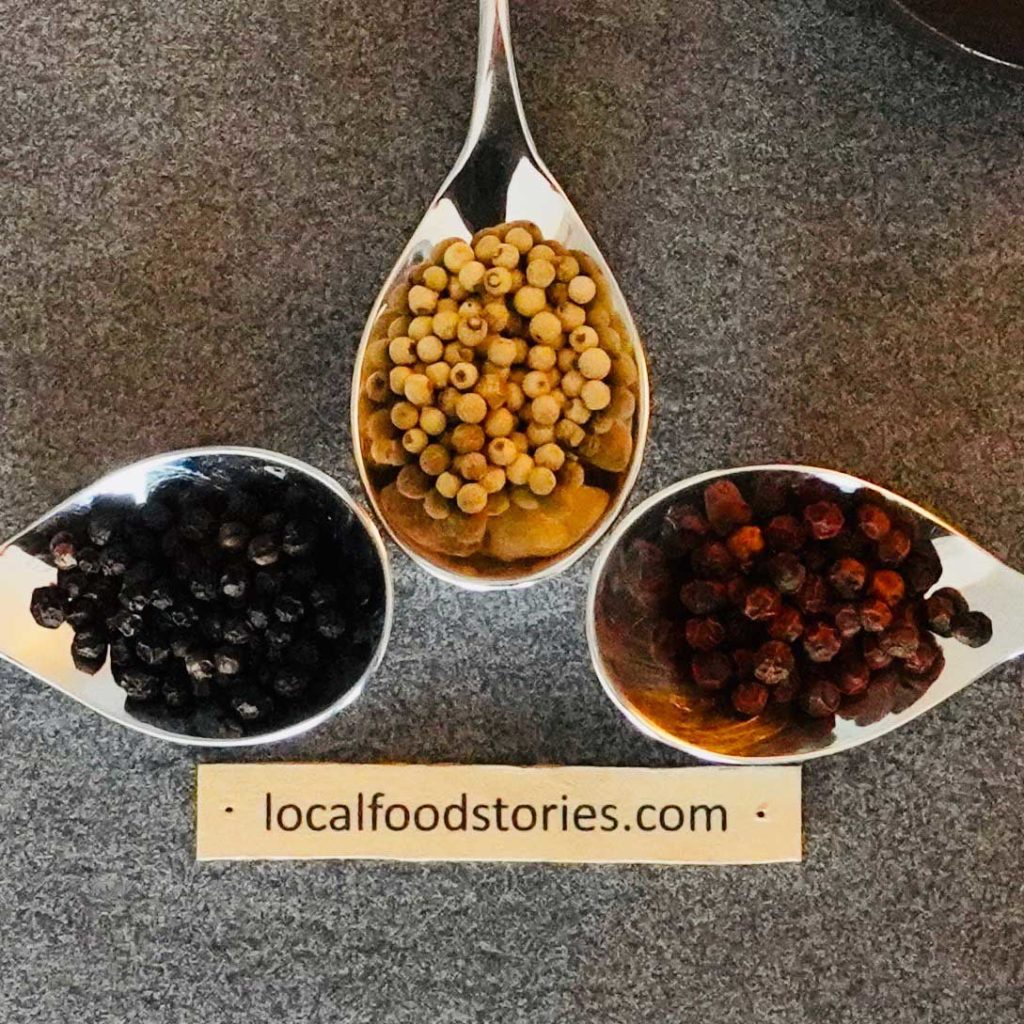
Green, red, black and white
Green, red, black or white, the colours of pepper corns depend on the point of harvest and further processing. In fact all of these variations of pepper come from the same plant.First green pepper is picked. ‘Green pepper corns are unripe fruit which we mainly place in brine,’ explains Sothy. Black pepper is harvested from riper corns which are put in boiling water for two minutes and afterwards dried for a week. Similarly, white pepper ‘This is fully ripe black pepper that’s been peeled.’
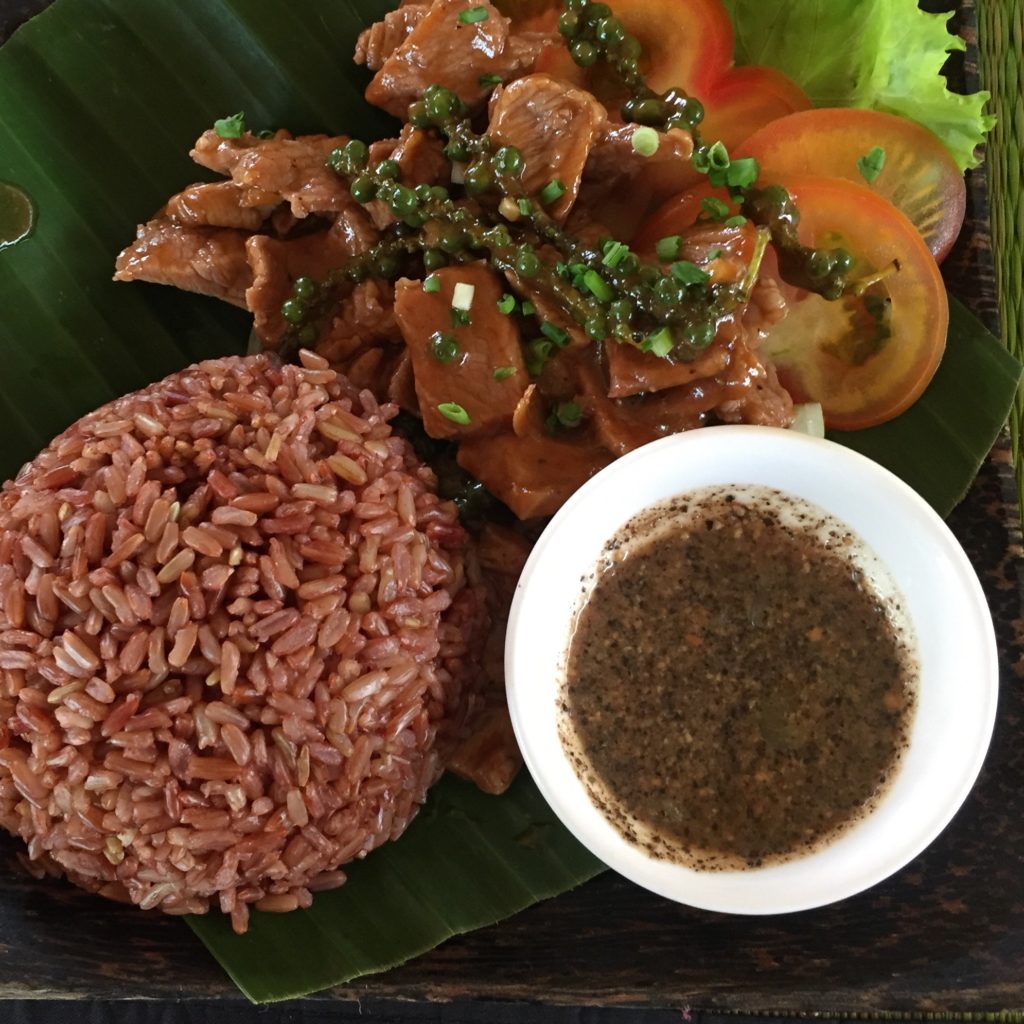
Red pepper in turn is got from fully ripe, unpeeled pepper fruit which are placed shortly in hot water and then dried in the sun for about ten days. Sothy advises us ‘Red pepper is less well known. If you get the chance you should try it as it has a very unique taste and is very suitable for meat dishes.’Anyway it’s a good idea to visit Sothy’s Pepper plantation on an empty stomach. For a few years now visitors can try pepper in Cambodian dishes in a small restaurant set among fruit trees and pepper bushes. Naturally everything is fresh and only made with locally sourced ingredients.
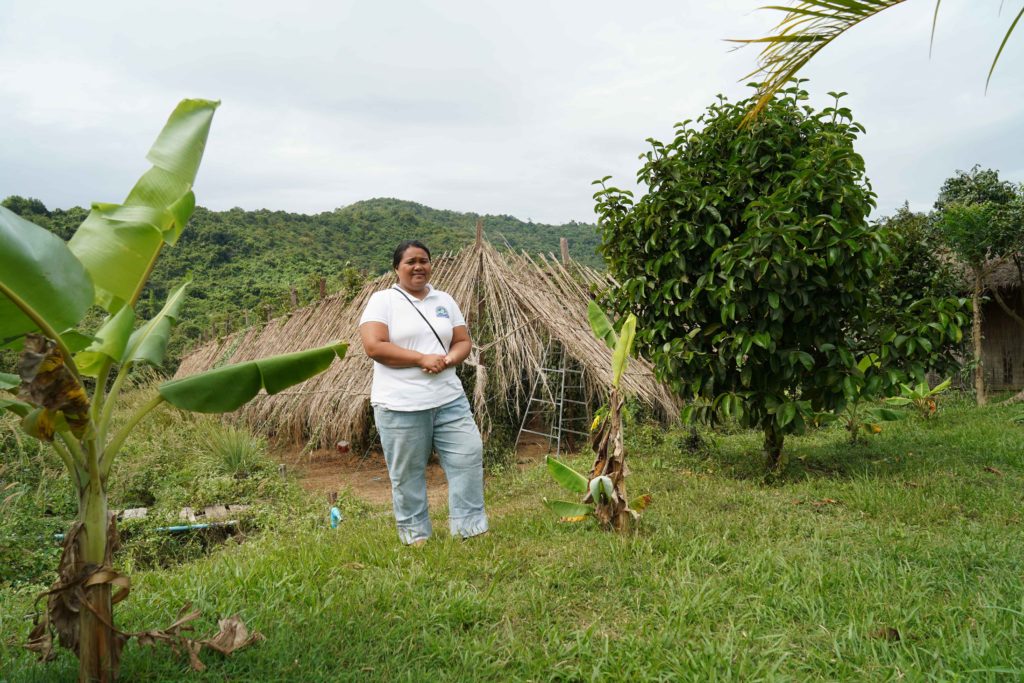
A school for homeless children
Besides the importance of pepper and its use in regional cooking being central for Sothy, so too is her social responsibility. Nowadays Sothy and her husband employ fourteen people and being previously a teacher she is very concerned about the inadequate school education system in her country. For this reason she took action, ‘I built a small school on the farm land.’ The lessons are given by teachers Sothy employs. The children learn English, mathematics and Khmer. ‘The pupils are extremely motivated to learn.’As a sustainable food producer, considerate employer and founder of a school, Sothy found her meaning of life. Or as she says ‘Thanks to the farm I can make a difference and that makes me happy.’
